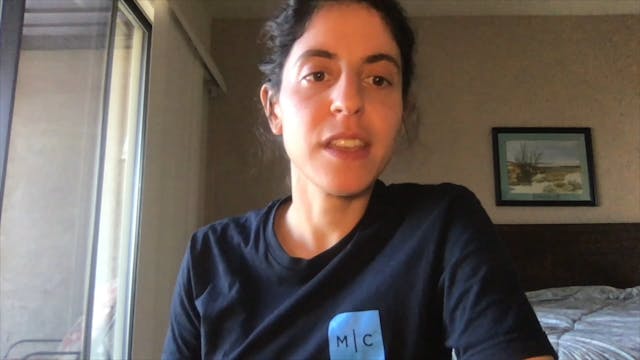Bernhard Krabina | Semantic MediaWiki As Knowledge Graph Interface
KGC 2021 Conference, Workshops and Tutorials
•
16m
Semantic MediaWiki (SMW), which was introduced as early as in 2006, has since gone on to establish a vital community and is currently one of the few semantic wiki solutions still in existence. SMW is an extension of MediaWiki, the software used for Wikipedia and many other projects, resulting in a largely sustainable codebase and ecosystem. There are many reasons why SMW should not be overlooked by the knowledge graph community:
SMW is capable of directly connecting to several triple stores (Blazegraph, Virtuoso, Jena), which is why it can be considered an interface for entering data into knowledge graphs.
SMW can use its internal relational database (or ElasticSearch), enabling users to build simple knowledge graphs without in-depth knowledge about triple stores.
SMW has the built-in capability of exporting to RDF including building complete RDF data dumps that can be imported into existing knowledge graphs.
SMW has the capability to reuse existing ontologies by importing vocabularies and providing unique identifiers.
The explicit semantic content of Semantic MediaWiki is formally interpreted in the OWL DL ontology language and is made available in XML/RDF format.
A simple internal query language is available to query the internal knowledge graph from within SMW, without the requirement of having a SPARQL endpoint. However, extensions for implementing SPARQL in SMW are available as well.
SMW has the capability to enable data curation for experienced users responsible for the ontology as well as simple form-based input for regular users that can easily populate the KG with data.
There are several approaches to visualising data in SMW, thus making the knowledge graph visible and interactive.
Implementing custom ontologies in SMW is quite easy, everything is built in wiki pages (e.g. definition of properties and datatypes, forms and templates).
SMW has low barriers to implementation as it is a clean extension to MediaWiki, which is PHP software running on regular web hosts.
In the talk, I will give an overview of the mentioned aspects and highlight some main differences to Wikibase – which is an alternative approach for managing structured data in MediaWiki – as well as the current limitations of SMW.
Working as a researcher at KDC, Bernhard Krabina is a member of the Semantic MediaWiki group. What is Semantic MediaWiki? Semantic MediaWiki is an open-source project considered by Bernhard as a swiss army knife specifically for data. Powered by the engine that powers Wikipedia as well, MediaWiki allows access to the vast information provided by wiki pages and then allows you to create your own custom knowledge base. In this talk, Bernhard explains the great features provided by Semantic MediaWiki as knowledge graph interface that can expand the space itself. #knowledgegraphs #knowledgegraphconference #knowledgegraphused #knowledgegraphdatabase #knowledgegraphwikipedia
Up Next in KGC 2021 Conference, Workshops and Tutorials
-
Ben De Meester | PROV4ITDaTa: Flexibl...
Personal Knowledge Graph generation is no longer a cumbersome technical endeavor. PROV4ITDaTa is an MIT open source platform to provide a smooth user experience for generating knowledge graphs from your online web services, such as Google, Flickr, and Imgur, into your personal data space. This br...
-
Barr Moses | Data Observability: The ...
To keep pace with data’s clock speed of innovation, data engineers need to invest not only in the latest modeling and analytics tools, but also technologies that can increase data accuracy and prevent broken pipelines. The solution? Data observability, the next frontier of data engineering. I'll ...
-
Atanas Kirakov | Knowledge Graph Magi...
Ontotext teams up with portfolio partners to offer a complete platform with best-of-bread tools for: schema and taxonomy editing; data transformation and linking; access control and federation; data updates and validation; search and visualization. The ecosystem also includes global and regional ...



